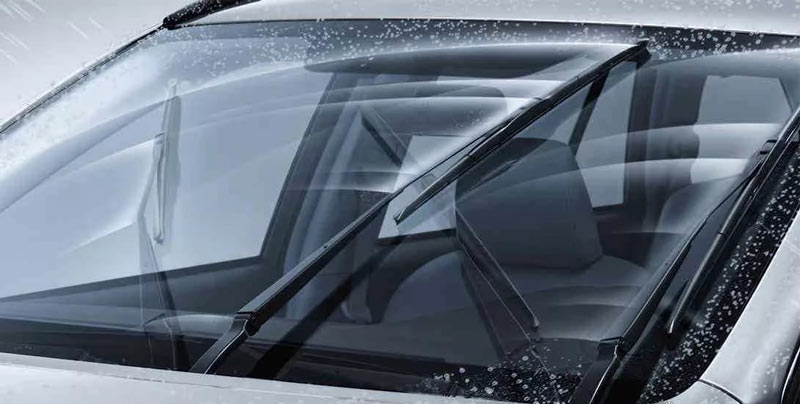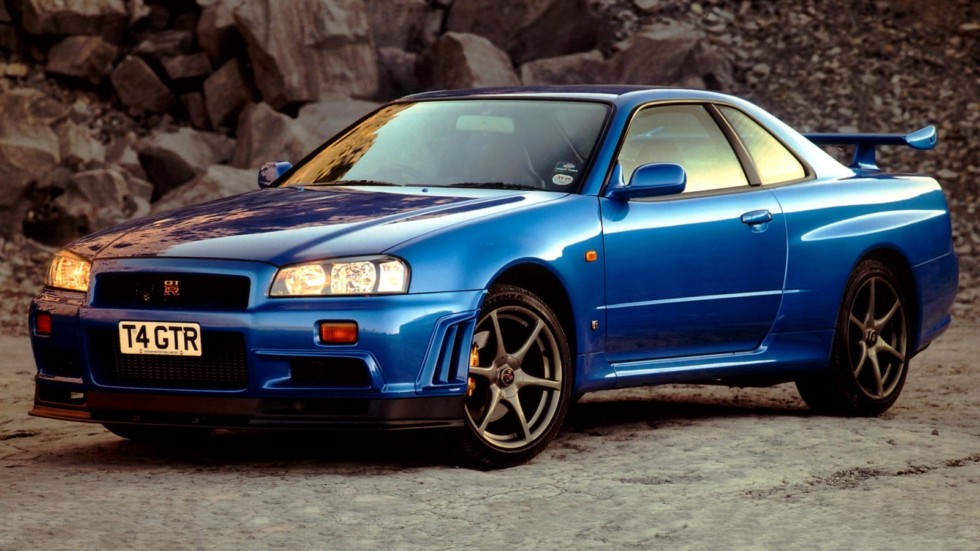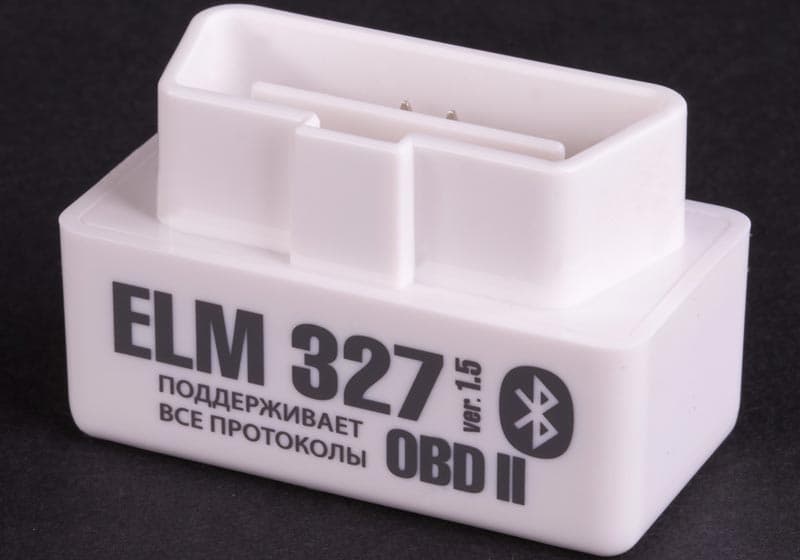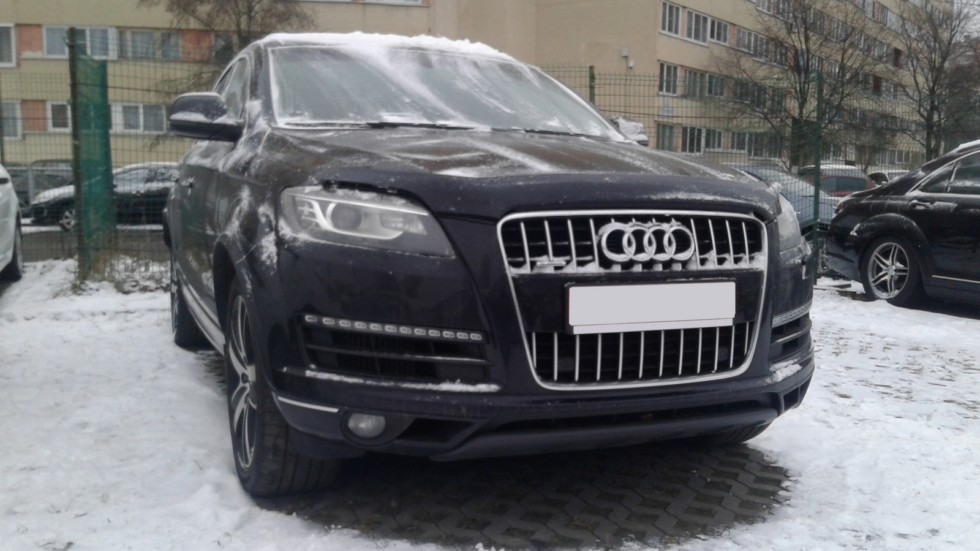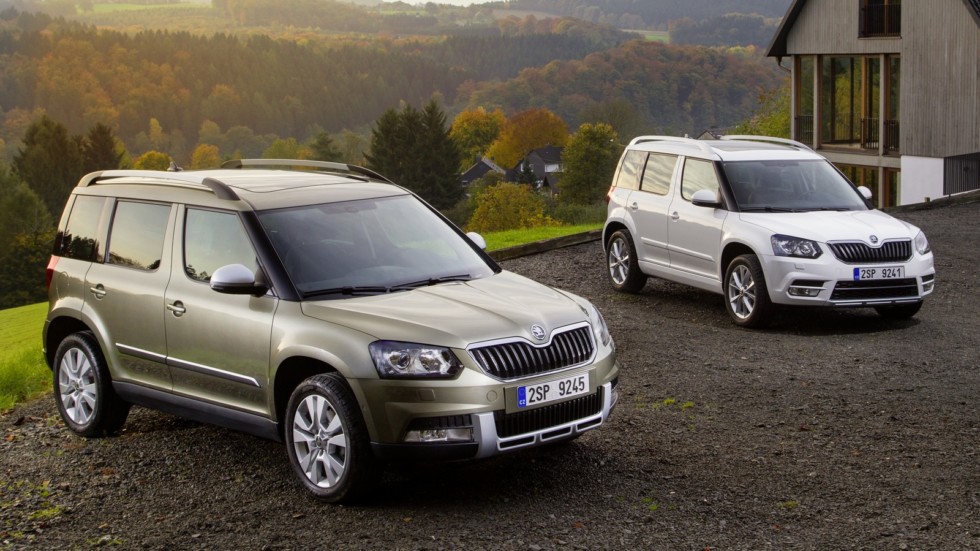Copying headlong: the secret three-axle all-terrain vehicles of the 1930s in the USSR
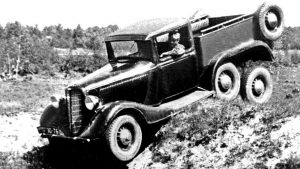 By that time, in the Soviet automobile industry, according to the principle “they are getting better and better”, the tendency of universal meaningless copying of available foreign machines, their units and components was firmly established. Without thinking twice, it was laid in the basis of the experimental design work of the Gorky Automobile Plant for high-speed three-axle cars for re-equipment of the Red Army with new types of transport and combat vehicles.
By that time, in the Soviet automobile industry, according to the principle “they are getting better and better”, the tendency of universal meaningless copying of available foreign machines, their units and components was firmly established. Without thinking twice, it was laid in the basis of the experimental design work of the Gorky Automobile Plant for high-speed three-axle cars for re-equipment of the Red Army with new types of transport and combat vehicles.
Lightweight three-axle chassis Ford-A Soviet assembly for recoilless gun
Lightweight three-axle chassis Ford-A Soviet assembly for recoilless gun
American Ford-A cars assembled in the USSR became the base of the first military tri-shorts, which were soon replaced by the production models GAZ-A and M-1, which also had overseas roots and were equipped with a second rear axle.
TK Family (1933–1937)
The short history of the first Soviet lightweight trioski began in 1931, when Soviet engineer and inventor of weapons L. V. Kurchevsky completed the development of a whole range of gas-dynamic or dynamo-active guns of caliber from 37 to 305 mm, which then became known as recoilless guns. As a carriage of the self-propelled Kurchevsky cannon (SPK), a light all-terrain vehicle was selected, assembled at the Scientific Automotive Institute, which was based on the “Soviet” 40-strong Ford-A chassis with two rear axles.
Triaxial GAZ-TK special chassis with Leonid Kurchevsky’s recoilless gun
Triaxial GAZ-TK special chassis with Leonid Kurchevsky’s recoilless gun
In 1933, a special open GAZ-TK chassis (“Kurchevsky three-axle”), designed for installation of a recoilless 76.2-mm gun, was built on the Kurchevsky Design Bureau on the GAZ-A chassis with the rear part of the frame extended by almost a meter. The complete SU-4 self-propelled unit, which weighed only two tons and reached a speed of 70 km / h, was equipped with a three-speed gearbox, transverse suspension springs, besieged single-sided wheels and rear axles with gear main gears. For increase of passability on driving wheels put on chains or track-type tapes. The gun, charging boxes and places for combat crew were located behind an open cockpit with side half-doors.
At the very first trials, the GAZ-TK proved to be weak and unreliable, but at the direction of the deputy chairman of the Revolutionary Military Council of the USSR, the Red Army chief of armaments M. N. Tukhachevsky, the Gorky plant was instructed to urgently master its production. After lengthy approvals in 1934–1937, 247 GAZ-TK cars were built at the First Automobile Assembly Plant. Among them were options with open bodies for the delivery of military personnel with personal weapons and transportation of ammunition.
All of them entered service with the intelligence battalions of the Red Army and the army of Mongolia, participated in hostilities on the Khalkhin Gol river and in the Soviet-Finnish war.
In the summer of 1935, an experimental armored vehicle with a factory designation BA GAZ-TK was built on the basis of GAZ-TK, equipped with an elongated body from a FAI armored vehicle with a machine gun turret, side free-running spare wheels and a radio station with a handrail antenna. She weighed 2.6 tons and developed a speed of 63 km / h. In fact, the armored car did not justify itself.
In 1936, the development of the GAZ-TK machine was an experienced GAZ-AAAA three-axle with more reliable worm gears of drive axles, a balanced suspension and a gearbox from GAZ-AAA. It was equipped with the steering and brakes from GAZ-A, the cab from the GAZ-4 pickup truck and side spare wheels from GAZ-A or the emki GAZ M-1.
Usually GAZ-AAAA with a curb weight of 1.6 tons served as a road towing vehicle for towing damaged vehicles. Its further development is considered a multi-purpose car GAZ-21.
The GAZ-21 / GAZ-25 family (1937–1939)
From the mid-1930s, this compact unified family of several types of lightweight experimental triaxial vehicles and armored vehicles was created under the guidance of a young engineer Vitaly Grachev, the future head of the secret design bureau of the Moscow ZIL plant.

